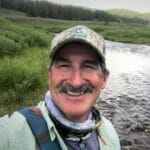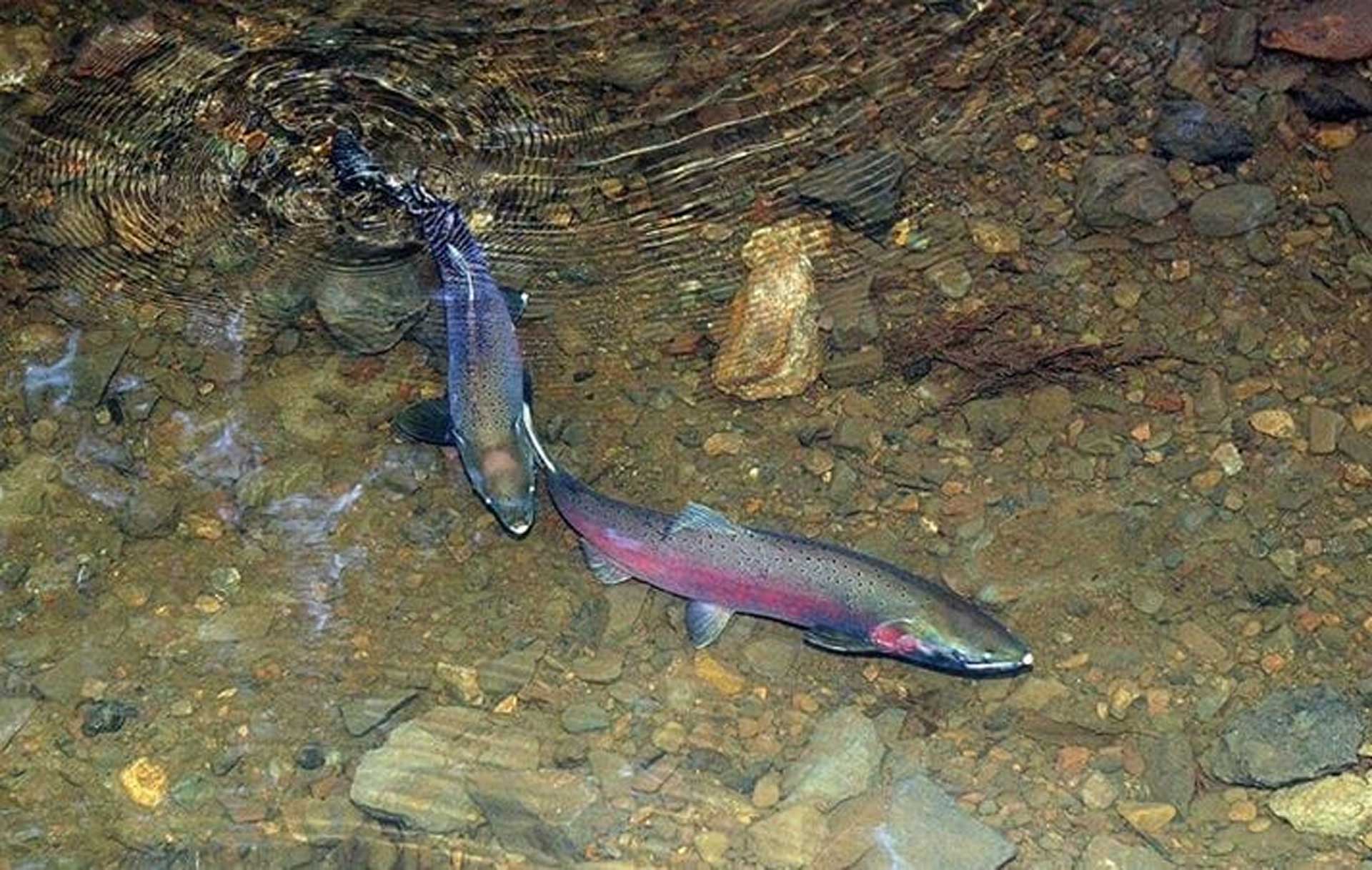Funding from the Pacific Coast Salmon Recovery Fund will support at least 75 local jobs
Trout Unlimited’s North Coast Coho Project (NCCP) has an impressive record of success in restoring and reconnecting streams north of San Francisco Bay for salmon and steelhead.
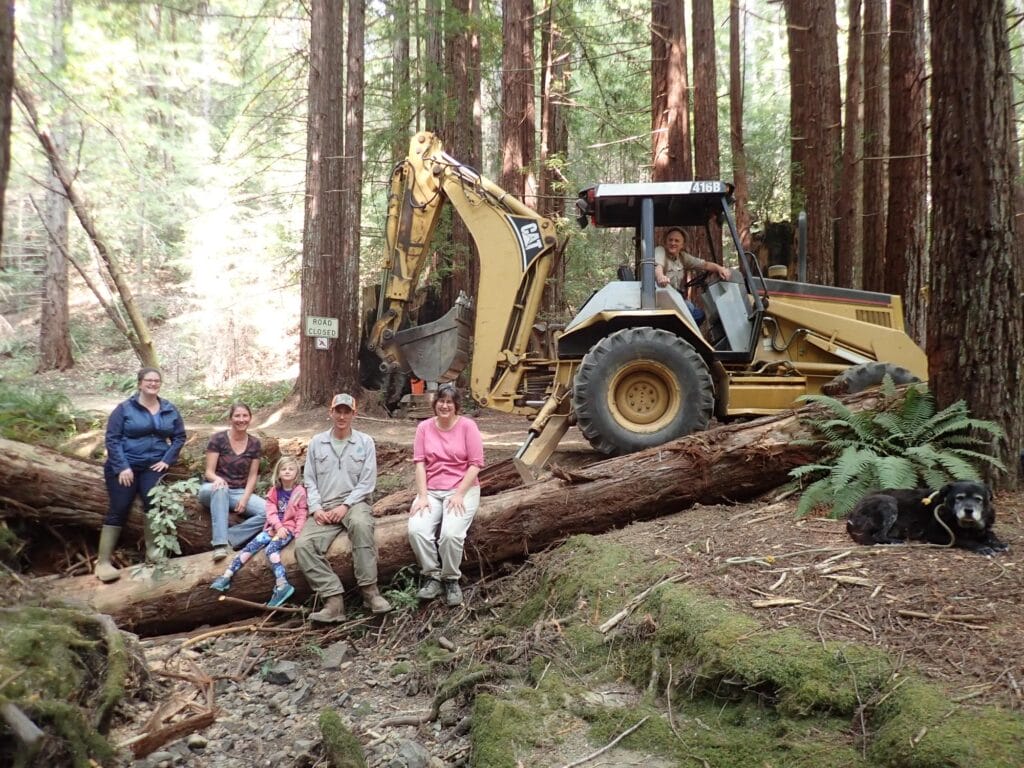
Among other achievements, the NCCP has reopened more than 72 miles of streams for fish passage–a major contribution to a collaborative, public-private effort to recover native coho in California, which are listed under the Endangered Species Act.
This good work also benefits steelhead, which co-inhabit many of the streams prioritized for coho restoration.
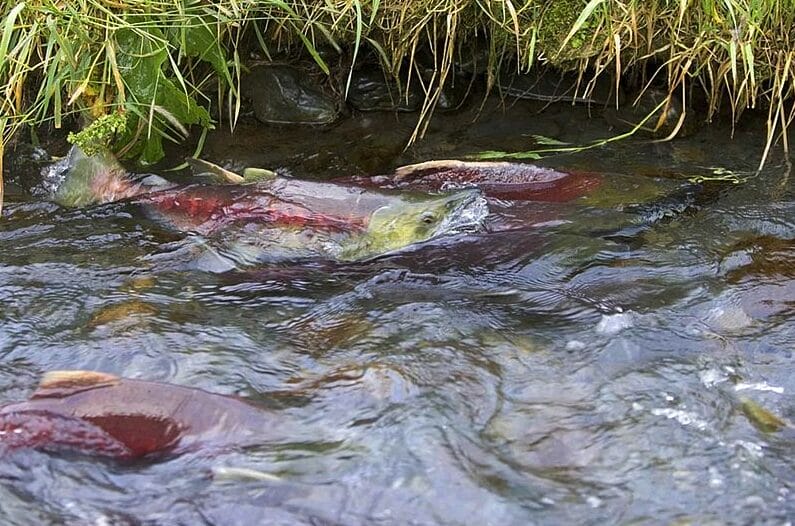
Good for fish and people, too
The NCCP–now the largest non-governmental salmon restoration effort in California–has supported hundreds of good-paying local jobs to do this work. They’ve done this by establishing a sterling reputation with local stakeholders, including timber companies, tribes and contractors. They’ve also done this by being effective at securing the funding needed to do it.
Most of this funding comes from government programs dedicated to recovering listed or at-risk salmonid species.
NCCP hard at work thanks to funding
Exhibit A of NCCP’s success is a recent award from the California Department of Fish and Wildlife (CDFW) of four grants totaling more than $5.85 million, for priority restoration projects in the Albion River, South Fork Usal Creek, North Fork Elk River and Soda Creek, a tributary to the North Fork Navarro River.
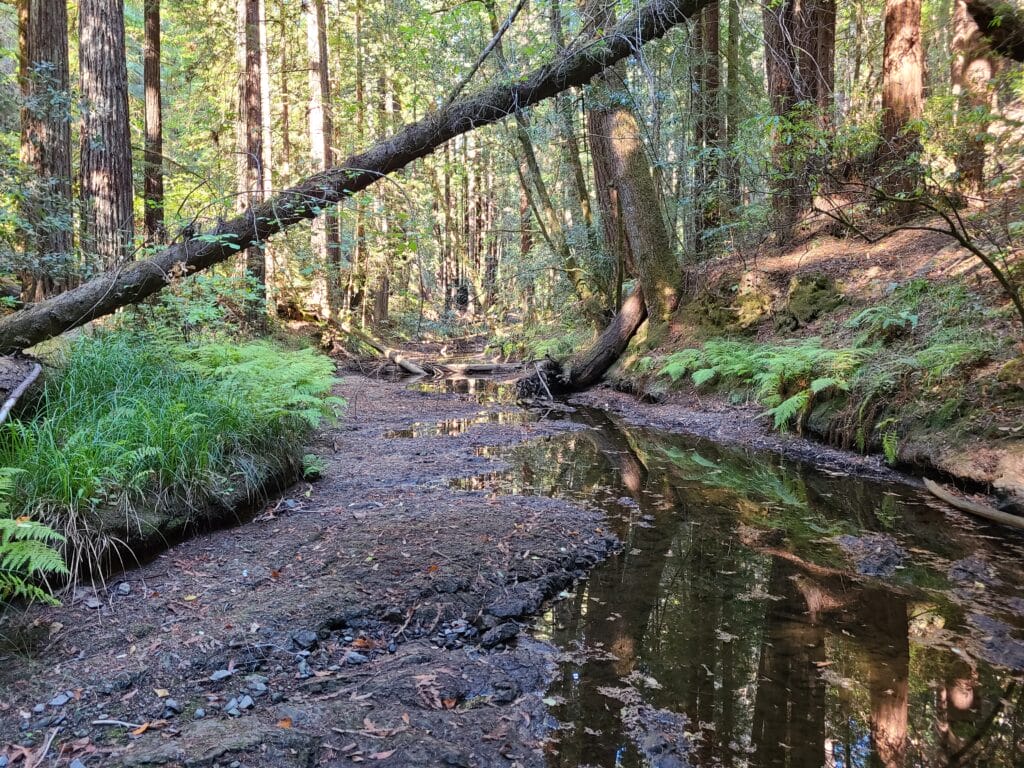
These funds were awarded through CDFW’s Fisheries Restoration Grant Program. Sources for this funding include the National Oceanic and Atmospheric Administration’s (NOAA) Pacific Coastal Salmon Recovery Fund.
Those among us not familiar with stream restoration projects might wonder where most of this funding goes. For NCCP’s projects, the vast majority goes to pay for local contracting and labor to do the on-the-ground work.
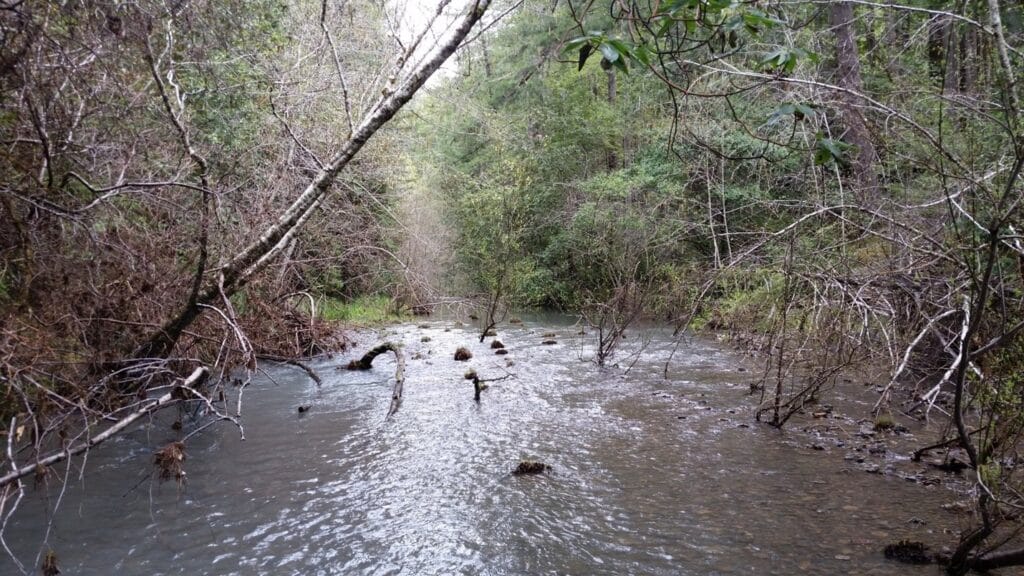
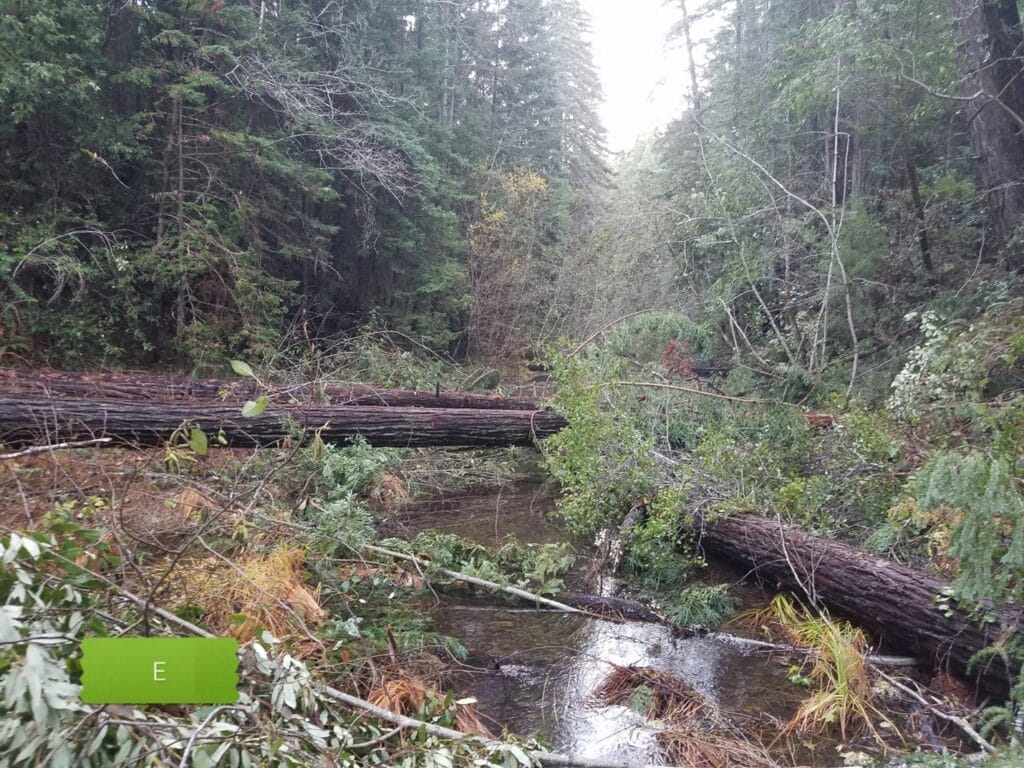
AI might be able to perform a lot of human functions nowadays. But it can’t operate a backhoe, drop large trees strategically across creeks nor install new culverts. Government funding for salmon habitat restoration translates directly to employment for foresters, construction workers and other professionals.
Local benefits abound
It also provides communities with improved roads and culverts and helps struggling fish populations on which many rural coastal communities depend, such as salmon and steelhead.
The restoration economy has become vital for many local businesses in this part of the country. Anna Halligan, director of the NCCP since 2016, expects the recent grant awards to create at least 75 prevailing wage jobs––most of which will be filled by people from local communities.
In fact, Halligan says that’s one of the things the NCCP is most proud of: their support for local, rural economies by creating good jobs.
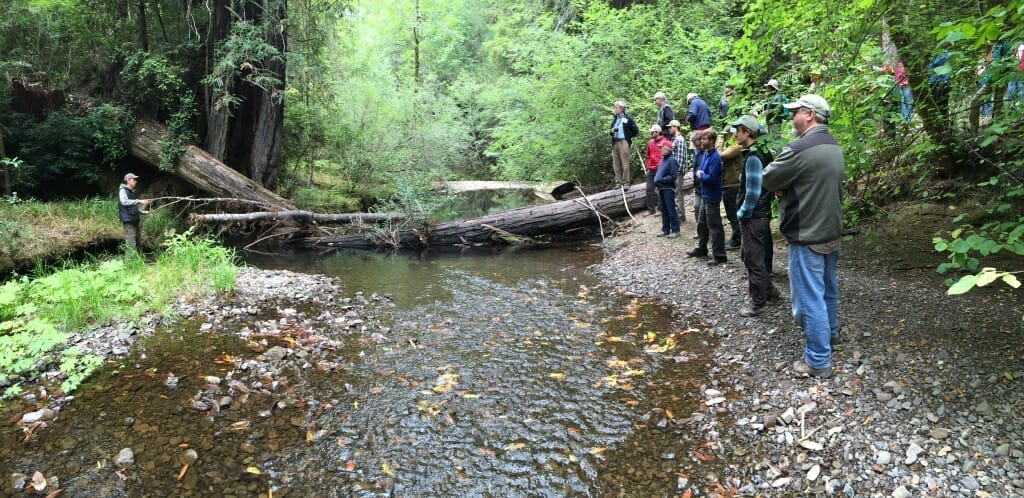
The local people hired by Anna and her NCCP crew have played a major role in the NCCP’s remarkable success in restoring and reconnecting streams over the past 27 years. And the benefits of this work for salmon and steelhead can literally be counted in numbers with more than three digits, including: restoration of more than 1,450 miles of stream and preventing 72,000 full dump trucks worth of sediment from being flushed into salmonid habitats.
You read that right. 72,000 full dump trucks.
When complete, the four NCCP projects recently awarded grants will enhance more than seven miles of stream channel and floodplain habitat and improve a fish passage barrier, restoring access to 2.6 miles of habitat. “We are thrilled to see these projects moving forward and we are eager to get to work with our agency and local partners on their implementation,” said Halligan.
NCCP program highlights
- Prevented ~72,000 dump trucks of sediment from being delivered into streams
- Installed ~7,850 pieces of large woody debris materials in over 130 miles of stream at more than 2,750 sites
- Improved or eliminated ~270 miles of forest roads
- Removed 14 major fish passage barriers and upgraded/decommissioned 1,450 stream crossings
- Restored fish access to over 72 miles of stream habitat


